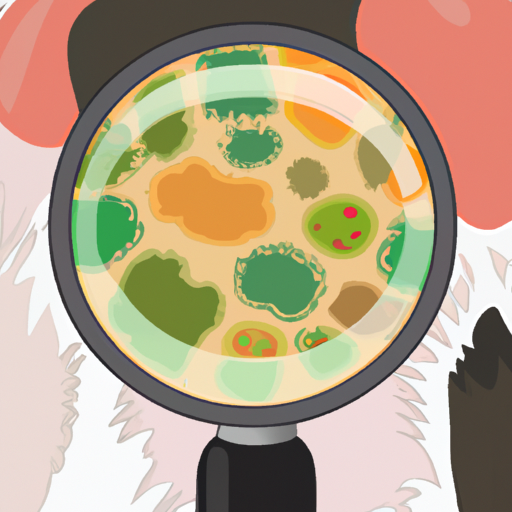As a caregiver, understanding and tackling bacterial skin infections in your dog can be a daunting task. However, armed with knowledge and insight, you can help your furry friend fight off these pesky invaders. Let’s dive into the main causes.
1. Direct Contact with Bacteria
Your dog’s skin is like a battlefield, constantly warding off bacteria. Most of the time, your dog’s immune system keeps everything under control. But sometimes, bacteria can become too powerful, leading to skin infections.
These bacteria can come from various sources:
- Dirty surfaces
- Other infected animals
- Contaminated food or water
Remember, your dog’s skin is their first line of defense. Keep it strong by ensuring they maintain good hygiene and live in a clean environment.
2. Allergies
Yes, dogs can have allergies too! Allergies can weaken your dog’s skin, making it easier for bacteria to invade. Common allergens for dogs include:
- Certain foods (like beef, dairy, and wheat)
- Environmental factors (like pollen or dust mites)
- Flea bites
If you notice your dog constantly scratching, licking, or chewing their skin, they might be allergic to something. Consult your vet for appropriate allergy tests and treatment.
3. Hormonal Imbalances
Just like us, dogs can suffer from hormonal imbalances. These imbalances can affect their skin’s health and resilience, making bacterial infections more likely. Common hormonal issues include:
| Hormonal Issue | Symptoms |
|---|---|
| Hypothyroidism | Lethargy, weight gain, hair loss |
| Cushing’s disease | Increased thirst, frequent urination, hair loss |
| Sex hormone imbalances | Hair loss, darkened skin, increased skin infections |
If you notice any of these symptoms in your dog, schedule a vet visit.
4. Immune Disorders
Some dogs are born with immune disorders that can make them more susceptible to skin infections. This includes conditions like:
- Canine Atopic Dermatitis
- Lupus in dogs
- Immune-mediated Skin Disease
It’s worth noting that these conditions require ongoing management and regular vet check-ups.
5. Injuries and Wounds
Cuts, scrapes, or wounds can provide an easy entry point for bacteria. Even minor injuries can lead to serious bacterial skin infections if not properly cared for.
Ensure to clean any wounds properly and monitor them for signs of infection (like redness, swelling, or pus).
Frequently Asked Questions
1. Can bacterial skin infections in dogs be prevented?
Yes, by maintaining good hygiene, ensuring a balanced diet, and regular vet check-ups.
2. Are bacterial skin infections in dogs contagious?
Some are, especially if caused by certain types of bacteria. Always consult your vet if you have other pets.
3. How are bacterial skin infections in dogs treated?
Treatment varies based on the cause and severity of the infection. It can range from topical creams to oral antibiotics.
4. Can humans get bacterial skin infections from dogs?
In rare cases, yes. Always wash your hands after handling an infected dog.
5. How long does it take for a bacterial skin infection in dogs to heal?
This depends on the severity of the infection and the dog’s overall health. It can range from a few days to several weeks.
Remember, as a caregiver, your role is pivotal in ensuring your dog’s health. When you understand what causes bacterial skin infections in dogs, you’re better equipped to prevent and treat them. Keep your dog safe, healthy, and happy!



